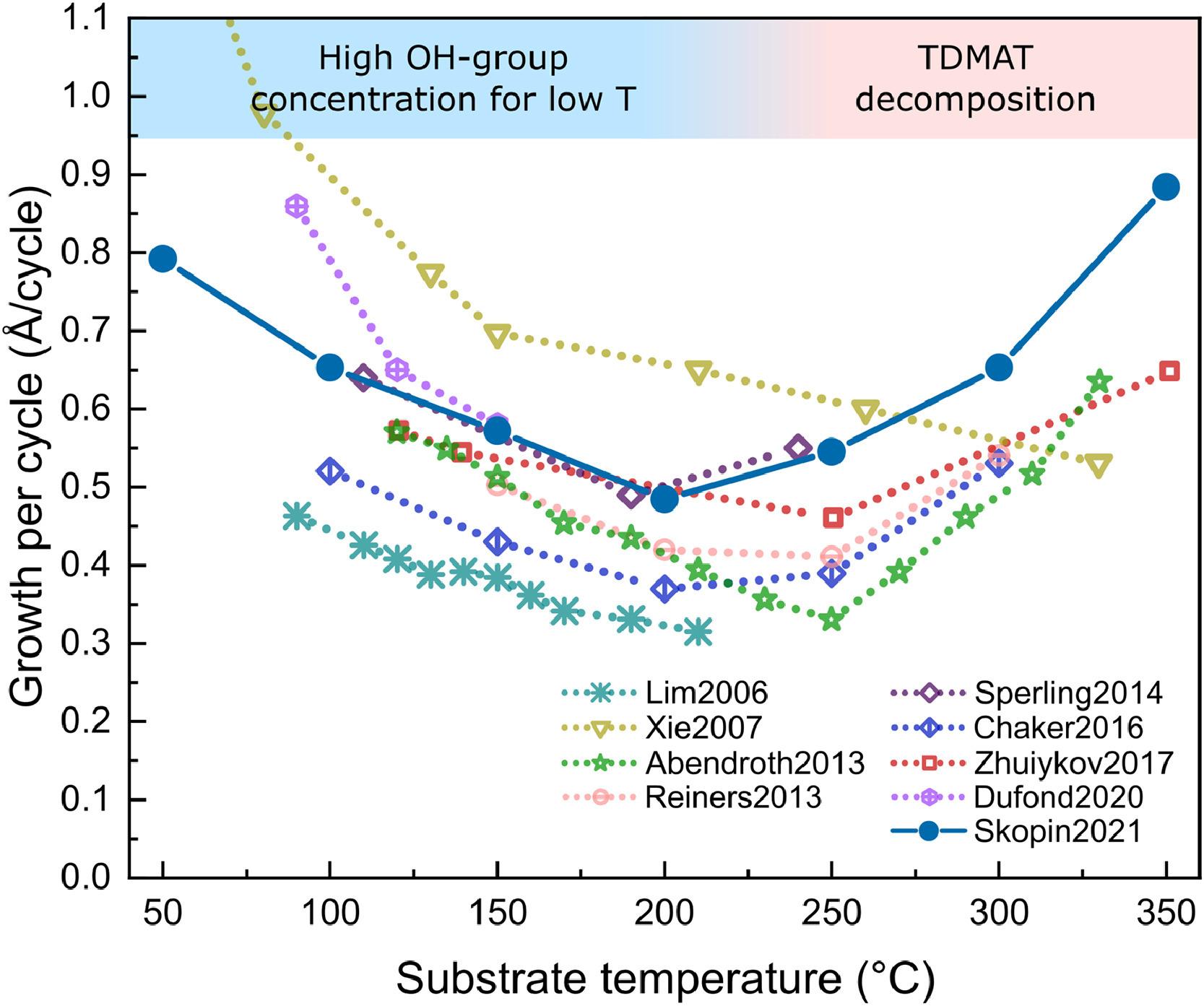Publication by Evgeni Skopin
The article entitled "In situ ellipsometry monitoring of TiO2 atomic layer deposition from Tetrakis(dimethylamido)titanium(IV) and H2O precursors on Si and In0.53Ga0.47As substrates" has been published in Thin Solid Films.



